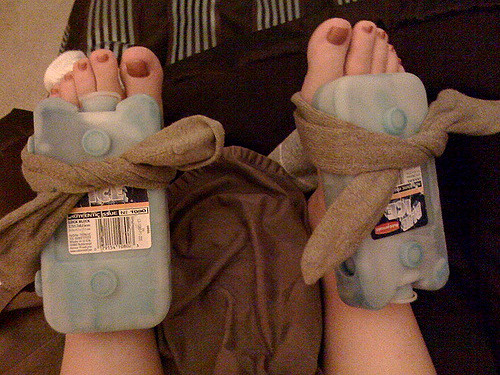Gout can be a painful health condition, often a type of arthritis, which generally involves swelling in the joints and can be extremely painful. About 9.2 million Americans live with gout. With gout, your body produces more uric acid than your kidneys are able to filter out. Fortunately, gout can usually be treated, and you can live a productive life. Here are five things you should know about gout:
- Who is likely to get gout?
- About nine million adults experience gout at some point in their lives. Adults are prone to get gout, particularly men between 40 and 50. Current thinking is that gout runs in families, so whether you get it may spend on your genes. People who are overweight, who drink a lot of alcohol, or eat a lot of purines, such as high-fructose corn syrup, beer and scallops, are also more prone to gout.
- Older people are also more likely to get gout because their kidneys are not working effectively to remove uric acid in their systems. And some medications, such as diuretics, also can lead to gout.
- What causes gout? When you have an excess of uric acid in your system, needle-like crystals of uric acid can build up and end up in your joints or soft tissues. There, they cause gout, an inflammation and swelling, redness, heat, and stiffness in the joints that can be very painful.
- What are the symptoms of gout? Often, people get gout first in the big toe, but not always. Sometimes, people get gout in their feet or ankles, knees or wrists, fingers and elbows. And sometimes the uric acid crystals end up in the kidneys and cause kidney stones. You can have an excess of uric acid without experiencing any symptoms, and then there’s generally no cause for concern or treatment. Treatment is needed when there is intense swelling or pain in the joints.
- What are the triggers for painful symptoms of gout? Alcohol, drugs and stress are often triggers for a painful attack of gout, which usually begins at night and can last for three to ten days. The pain will typically end on its own, without treatment, but the swelling and pain can return at any time. There is an advanced and disabling stage of gout, in which the joints are permanently affected. With proper treatment, however, most people with gout never experience this stage.
- How is gout treated? Gout is commonly treated with Non-Steroidal Anti-Inflammatory Drugs (NSAIDs), which are taken by mouth, or corticosteroids, which are taken by mouth or by injection. With proper treatment, most people with gout can live pain-free or close to it.
Here’s more from Just Care:

Leave a Reply